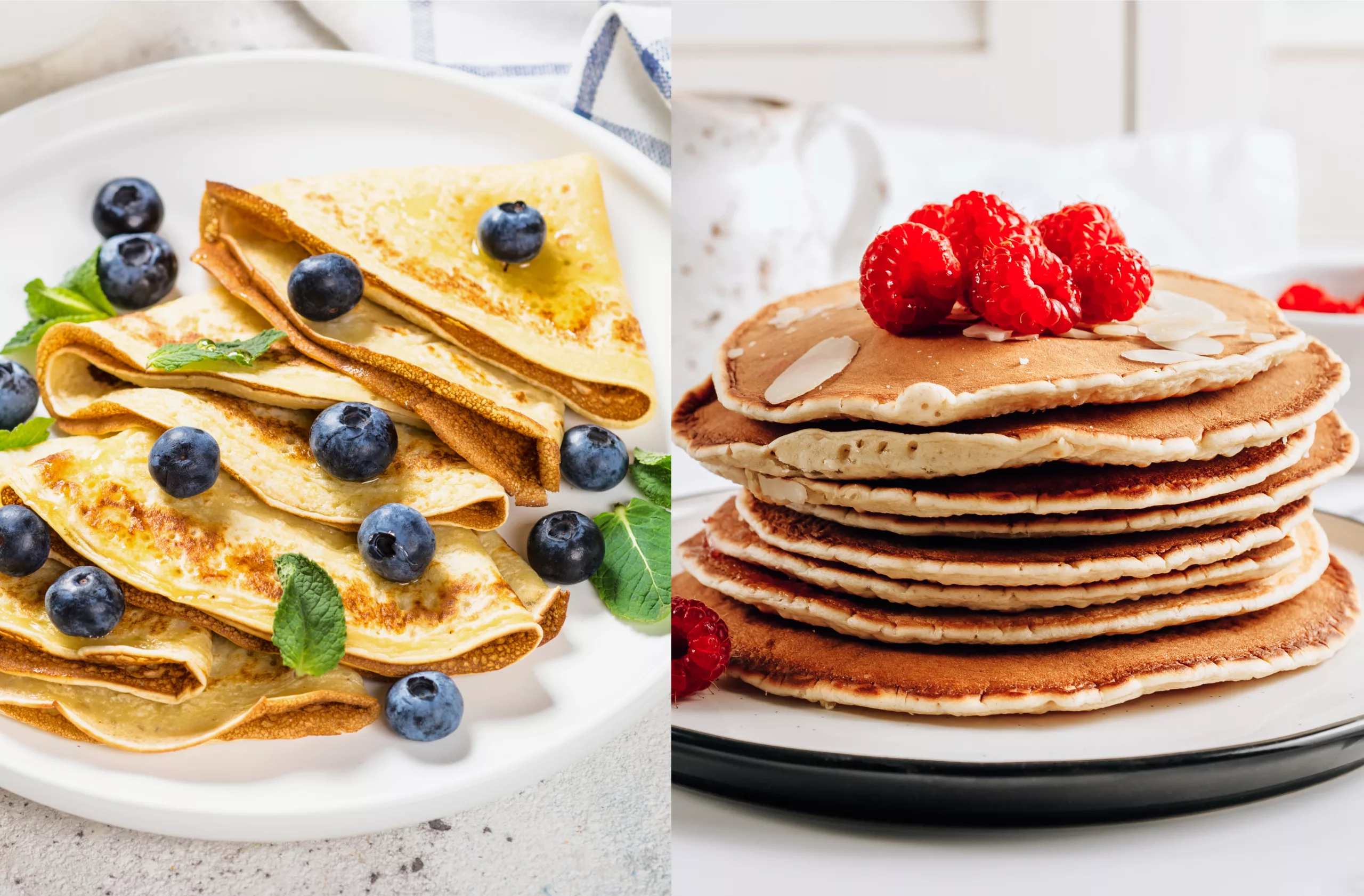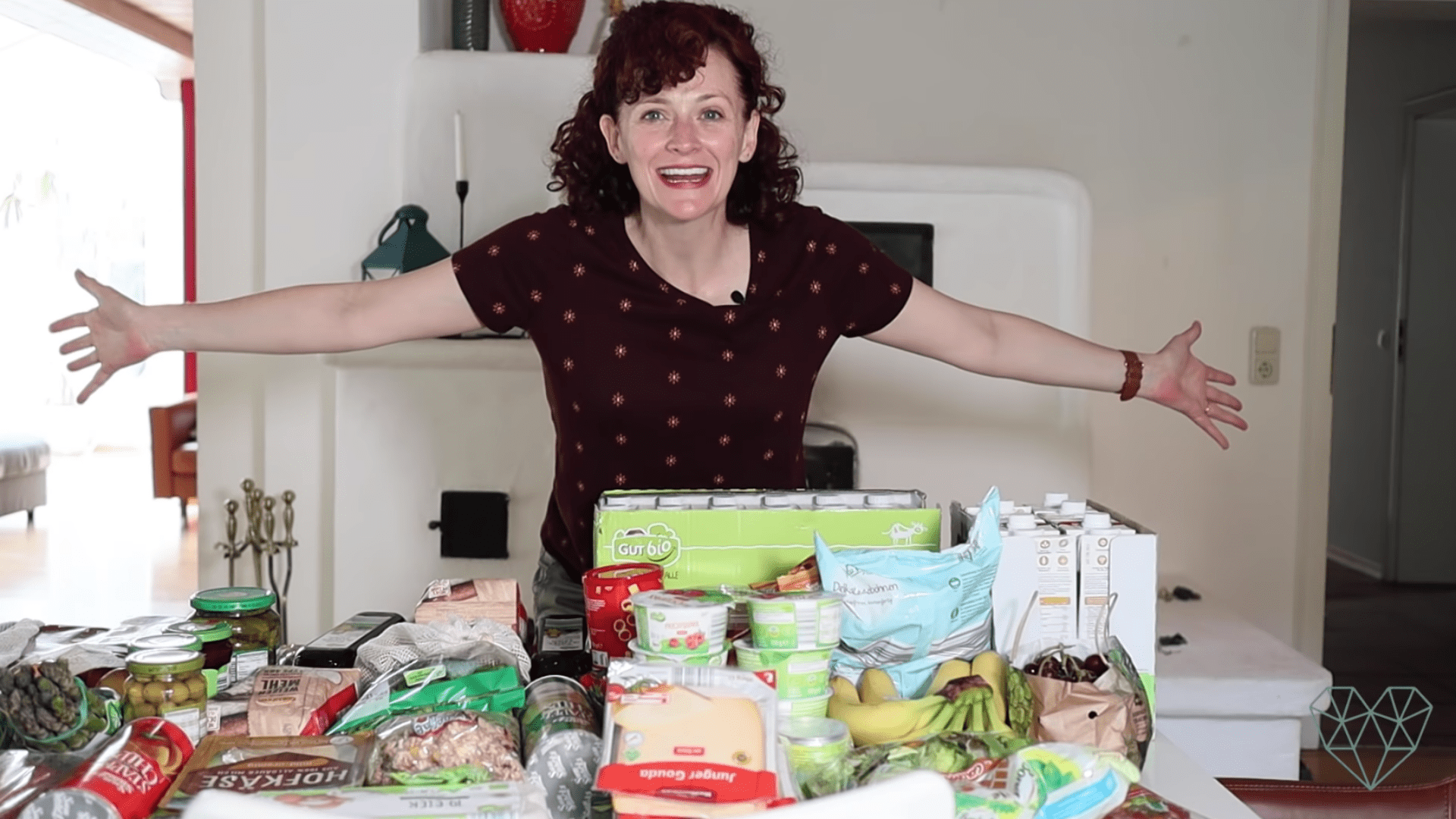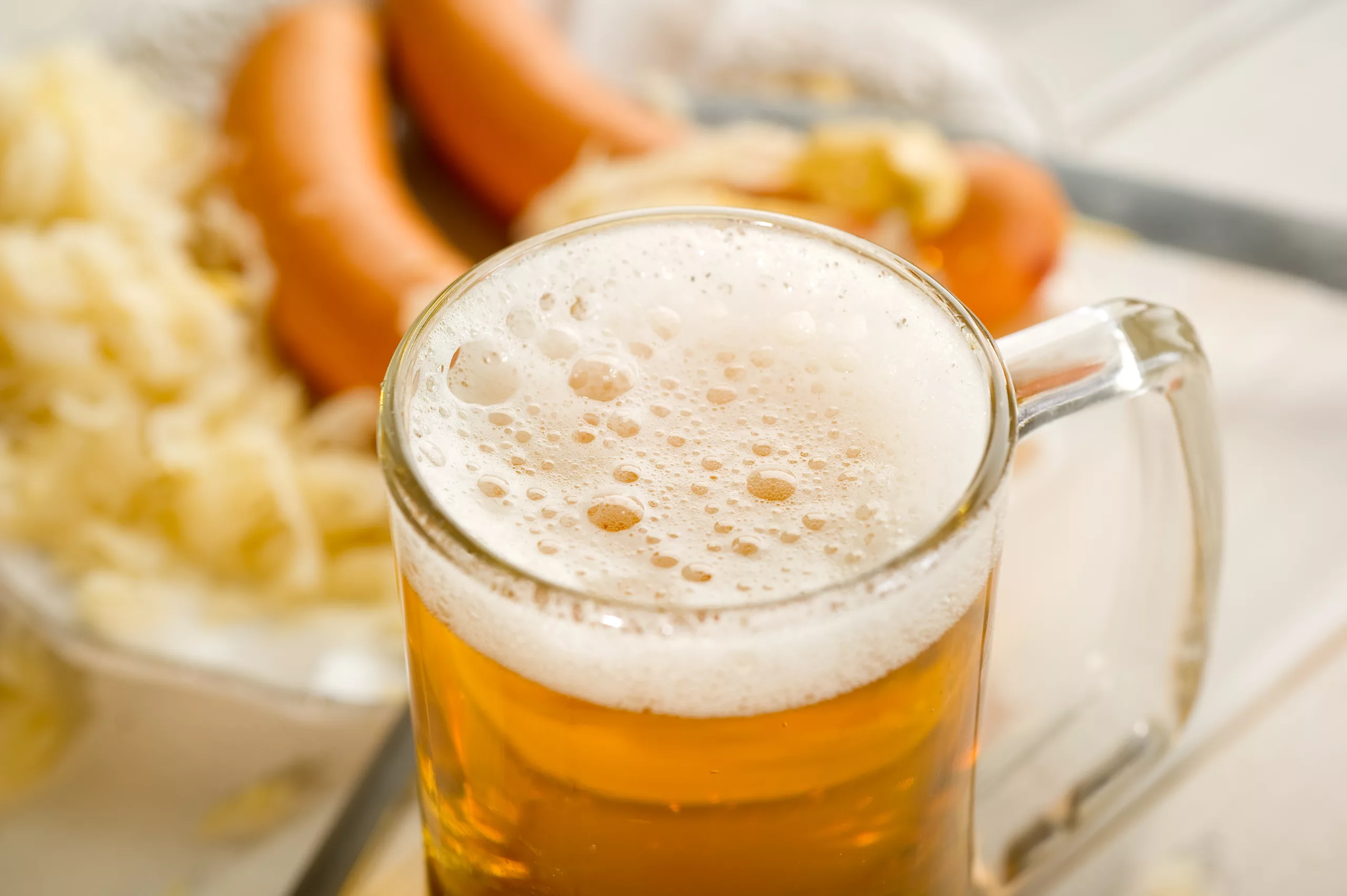Baking Zwetschgenkuchen (Plum Cake) with a German Friend
Join me and my German friend, Kirsten, as we bake a German classic in the later summer and early fall – Zwetschgenkuchen (or Zwetschgendatschi in Bavaria)! It’s basically plums on top of a yeast cake.
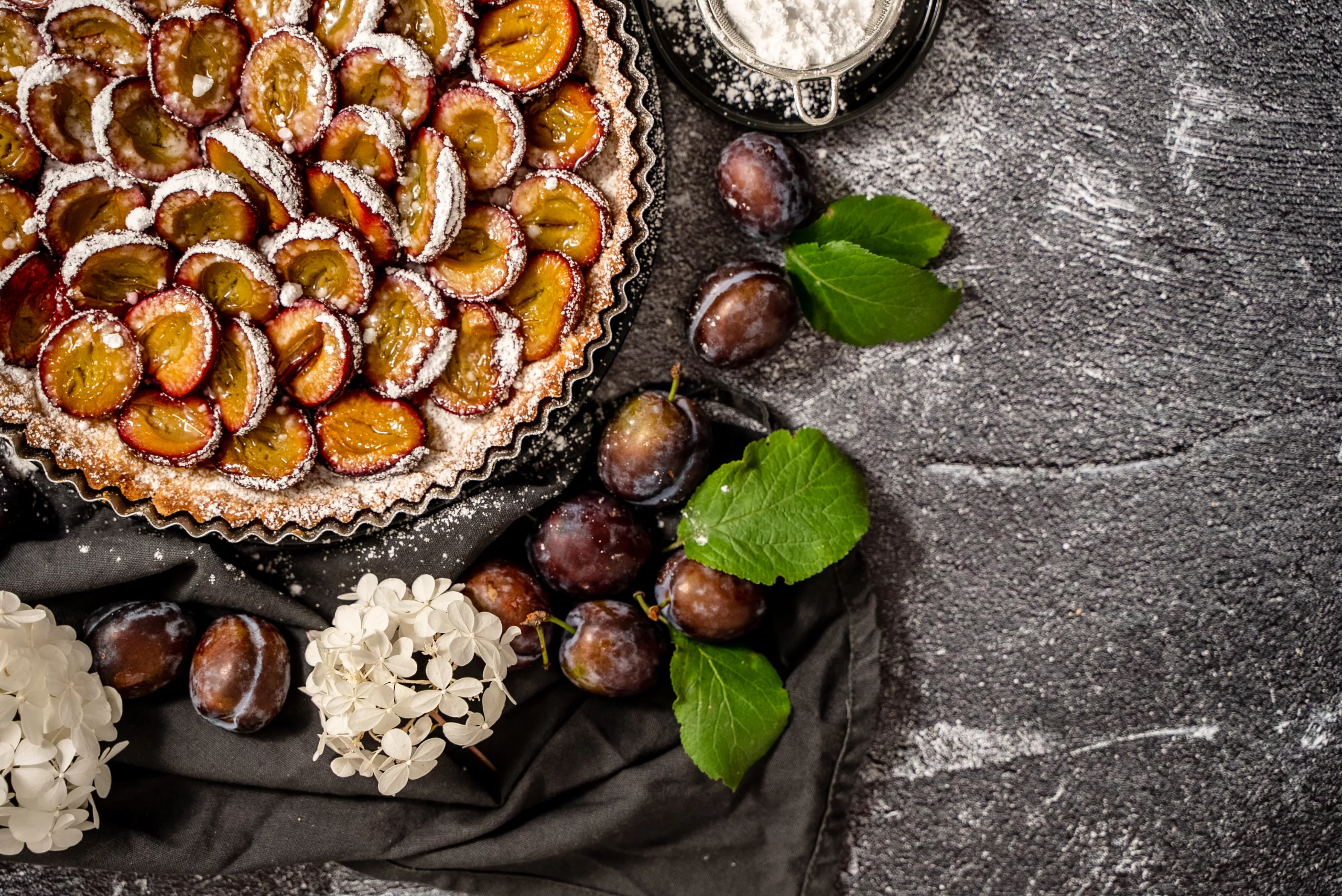
You can learn a lot about the language and culture of a country through baking one of their most popular desserts, and that was definitely true for me as Kirsten, from @Kirsten & Joerg, taught me how to bake Zwetschgenkuchen (Plum Cake)! I learned new baking vocabulary and really enjoyed the stories she shared with me about baking with her mother as a child in Germany. You’ll hear a lot more German in this video than usual, so I hope you’ll enjoy that aspect of this video.
Baking Zwetschgenkuchen – Plum Cake
So basically, a Zwetschgenkuchen is plums (Zwetschgen) placed on top of a yeast cake (recipe here). The cake itself is not sweet at all. In Bavaria, it’s called a Zwetschgendatschi (recipe here), and it has a streusel on top, which is a mixture of cinnamon, flour, and sugar. Both ways are delicious! Because the cake includes yeast, it rises like bread, and it’s less dense than American cakes.
It’s even yummier with homemade whipped cream! This is a popular cake in August and September in Germany, when the Zwetschgen is in season.
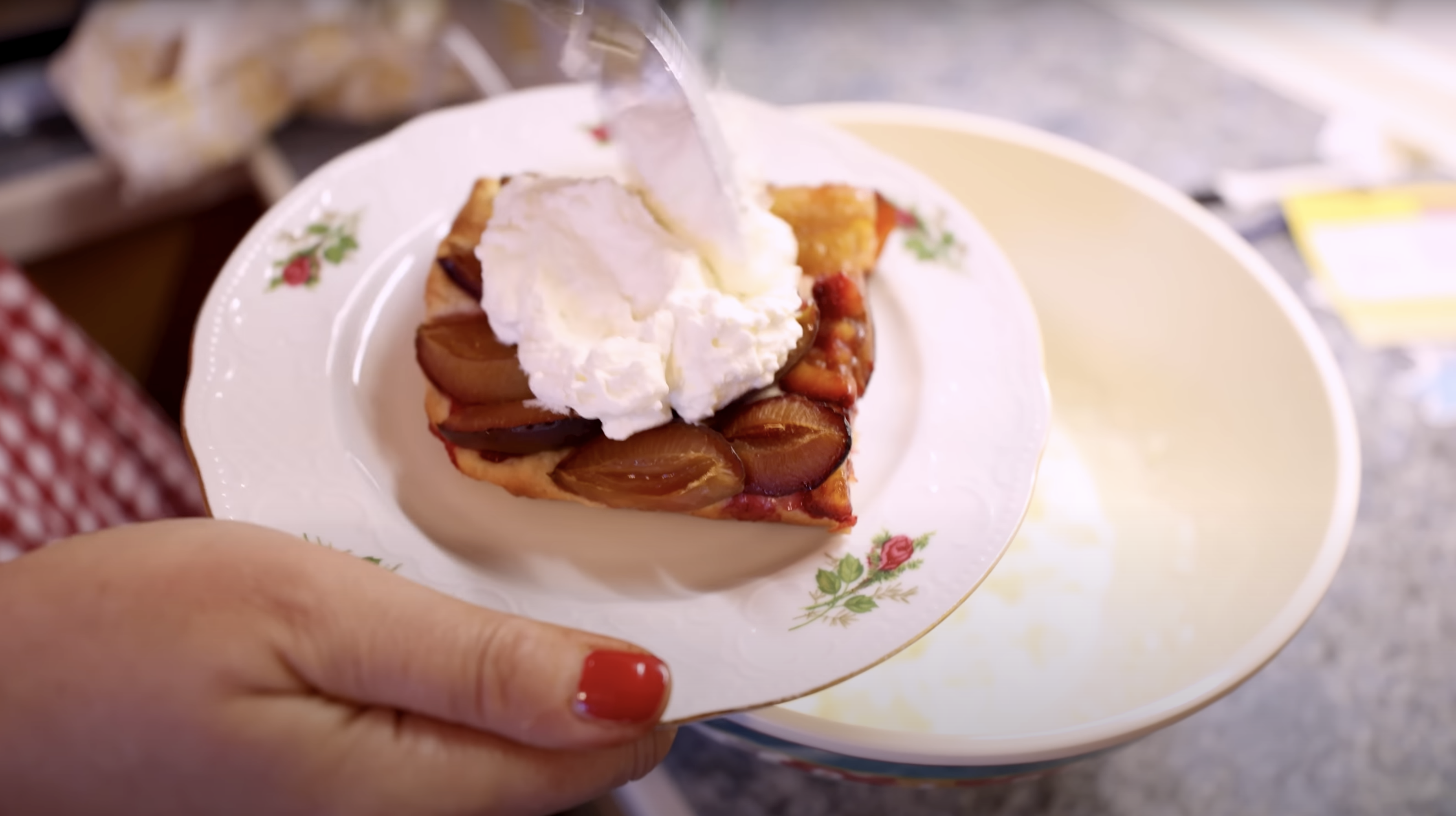
Sugar Differences between the USA and Germany
As an American residing in Germany, I have observed a refreshing distinction in the dessert culture. German desserts tend to exhibit a subtler sweetness compared to their American counterparts. This change of pace provides a much-needed respite from the excessive sweetness found in many American desserts and processed foods. In the United States, processed foods are abundant and often have high levels of sugar, salt, and fat to compensate for the loss of natural flavor during production. The result is a diet that is not only overly sweet but also detrimental to one’s health. The German approach to desserts, which emphasizes the use of natural ingredients and restrained sweetness, is a welcome departure from the American norm.
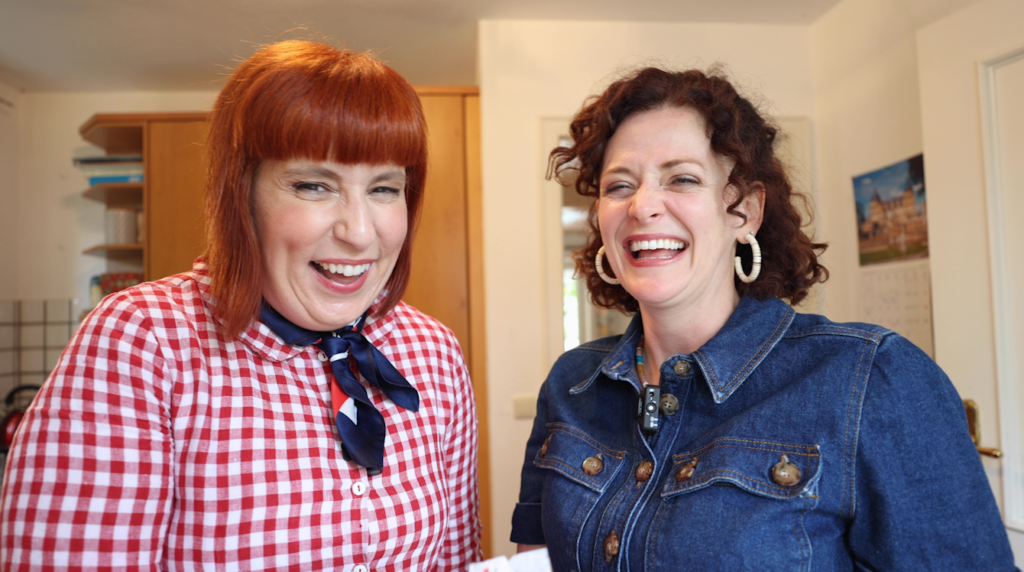
In general, it can be said that American desserts tend to be sweeter and have a higher sugar content compared to German desserts. This is because American cuisine has a sweeter palate and often uses more sugar in baked goods and desserts. German cuisine, on the other hand, has a more traditional flavor profile and typically uses less sugar in their desserts, relying more on natural ingredients such as fruits and nuts. However, this can vary greatly depending on regional differences and personal preferences.
Like Hearing About Our Adventures?
Check out all of the blog posts I’ve written and videos we’ve recorded for YouTube. You can watch them from the beginning to the current day! You can also subscribe to my YouTube channel to get notified when a new video is posted.

